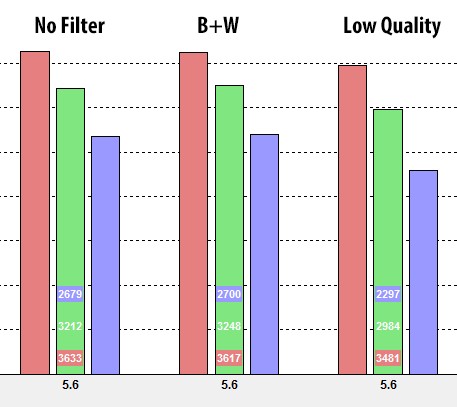Big Ga
Forum Pro
Very interesting.Seems that the 100-400mm lens is very picky with filters!!
To add to the conversation:
Over the years, I've seen numerous claims from people (on other forums) about filters noticeably degrading the IQ, specifically on longer telephoto lenses only. The Nikon 70-300 specifically pops into mind. I myself was initially sceptical (especially as it was claimed that the same filters tested on shorter focal length lenses were fine). Hover many, many sample images were posted to show the effect and a number of other people then came along and confirmed it. It does happen, and subsequently I've seen it myself.
BUT...
This was quite some time ago (before magnified live view focusing!) , and back then it was theorised that something in the filter was throwing the AF off.
I doubt this could be the case with MFT.
So what exactly is causing the effect? And why does it seem to only affect longer telephoto lenses, and why might it possibly affect some models more than others?
But it does happen. Don't listen to anyone who blanket denies it.











